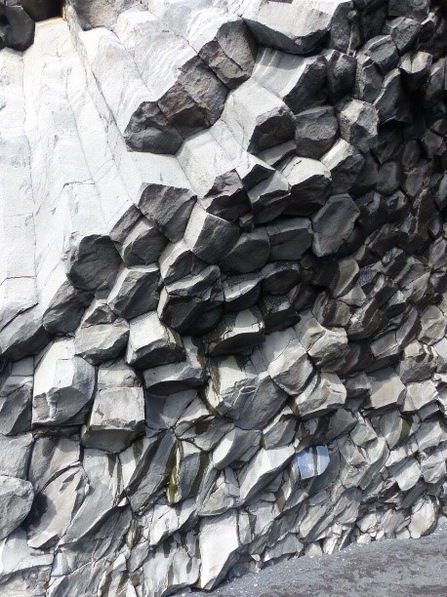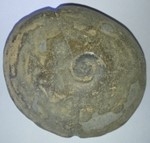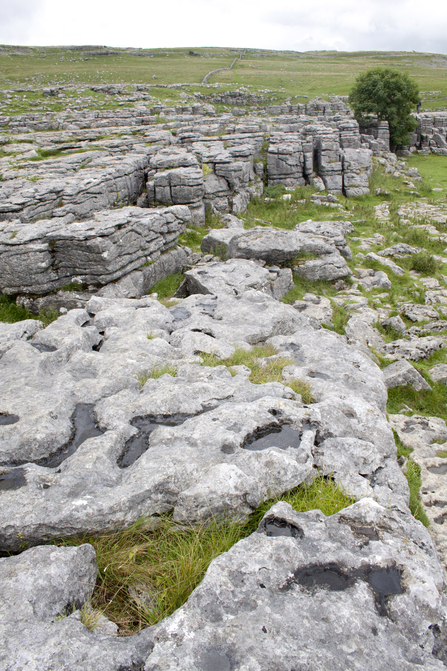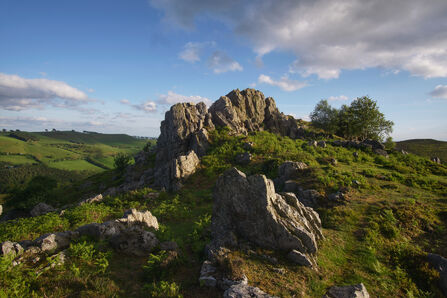My name is Sophie Bagshaw, and I have a thing for nature. I am passionate about everything in it - bird, insects, flowers, rocks and more! I've collected many things from places I visit, but undoubtedly the main things I bring back with me are rocks.
When I was younger, I didn't know much about rocks, I simply collected them as they were all unique. They have a variety of colours and they are one of the environment's natural formations that you're able to hold and closely inspect. However, I wanted to know more about them, and I wanted to be able to identify them out in field and at home, so at college I decided to take A-level Geology.





